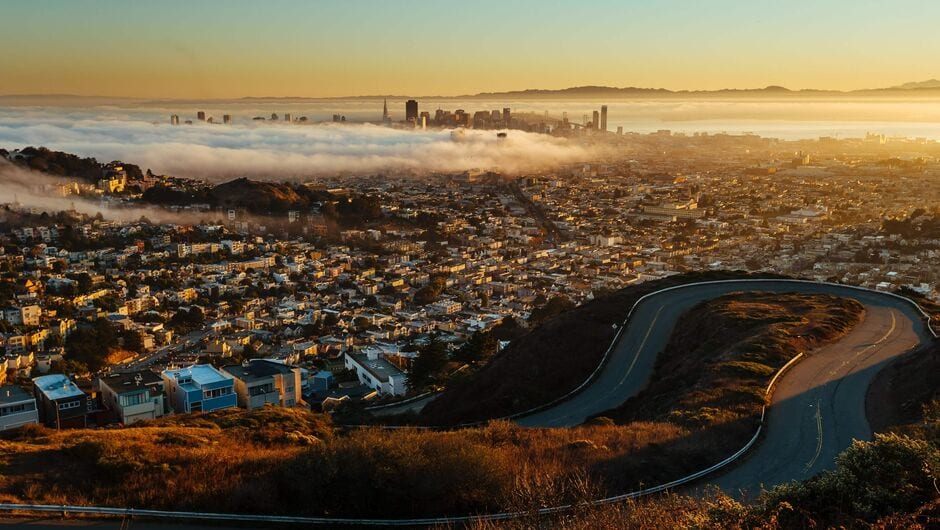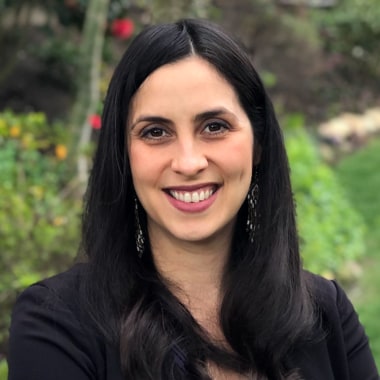Bay Area

About Us
The Bay Area is home to more than 7.6 million people. Its public education system is one of the region’s most critical services; its schools are places of academic achievement, social and emotional growth, nourishment, and joy for more than one million students.
Teach For America Bay Area has partnered with local schools and communities since 1991, driving large-scale change for students from classrooms to boardrooms. During the 2024-2025 school year, 120 corps members touched the lives of ~5,500 students. In partnership with students, families, schools and communities, they are changing the educational landscape in the Bay Area.
Our 2030 Goal
By 2030, twice as many students in Richmond, Oakland, and East San Jose communities will be proficient in 3rd grade reading, indicating they are on a path to economic mobility and a future filled with possibility.
Teach For America Bay Area has over 3,650 dedicated educators, school leaders, policy-makers, and advocates working daily to open doors for Bay Area students. Given this scale and our deep partnerships within the local education community, we are harnessing the collective power of our leadership network to accelerate student learning and growth.
We know partnership is at the heart of systemic change and will work in community and collaboration with you to bring about excellent results for our region’s remarkable learners. Learn more about our 2030 goal.
Our Alumni Network
With over 3,600 alumni in the Bay Area, we have one of the largest alumni networks in the country. Our community of teachers, school and systems leaders, social entrepreneurs, CEOs, organizers, and public officials make big waves and continue to create lasting change for students and their communities.

“For many of us, what started as a two-year commitment has turned into a lifelong mission.”
Living & Teaching in the Bay Area

“You can find me all the way south enjoying the delicious Vietnamese food of San Jose, the nightlife in Oakland, the hip and vibrant scene of Berkeley, or the beautiful sites and parks of San Francisco.”





